Site Images
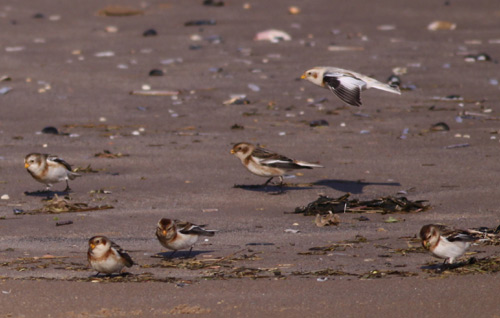
Snow Buntings on Titchwell beach by Will Soar
view
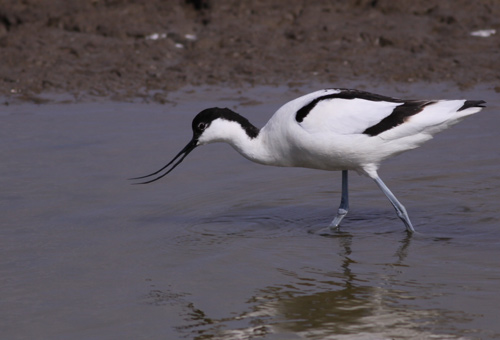
Avocet by Will Soar
view
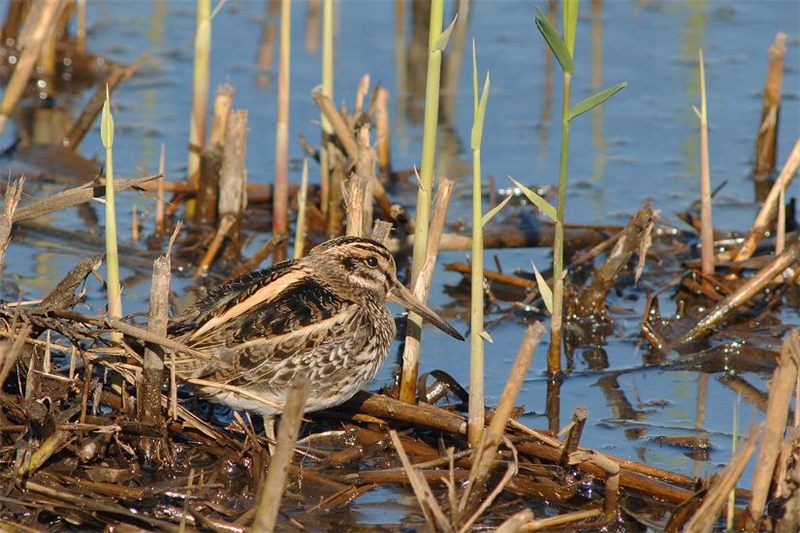
Jack Snipe at Titchwell by Julian Bhalerao
view
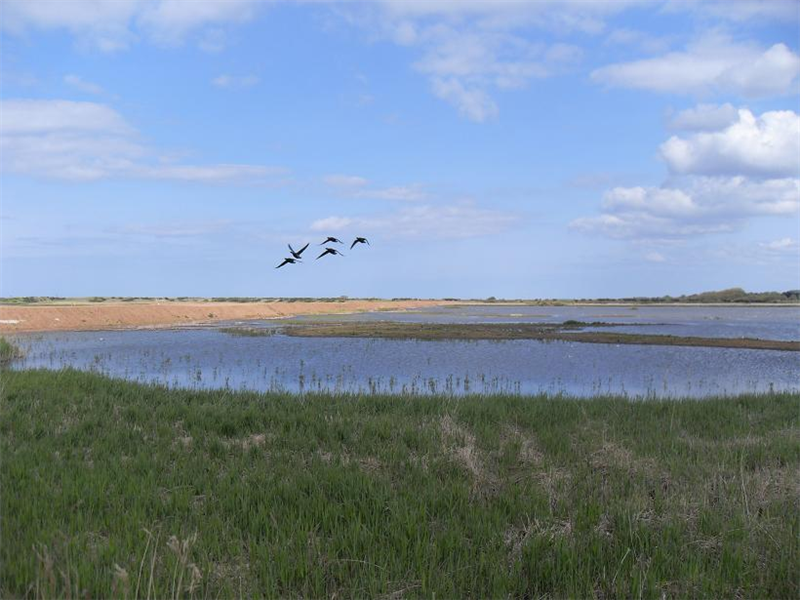
Titchwell marsh
view
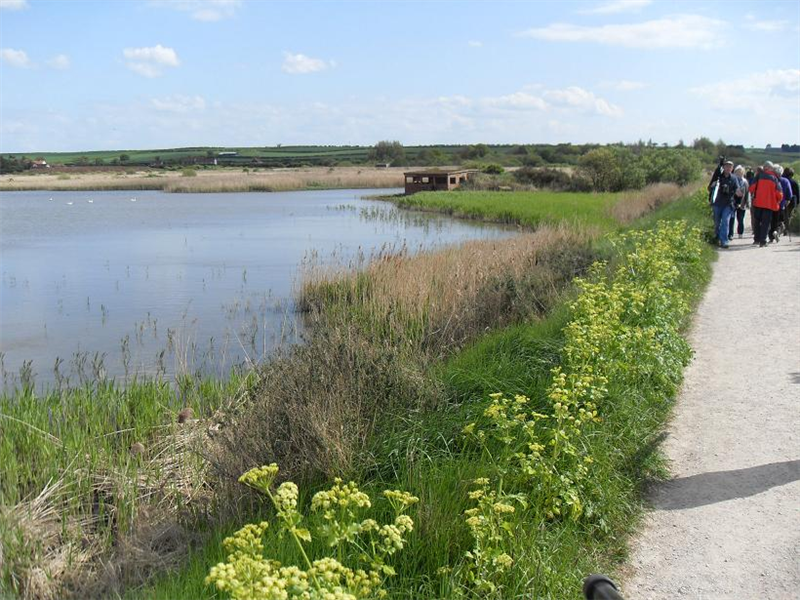
Titchwell marsh
view
Summary
One of the county's best reserves
Location
-
TF750437
-
52.962110, 0.604085
This is probably the second most famous reserve in the county after Cley attracting some 90,000 visitors a year. It boasts a wide variety of habitats with the small wood around the visitor centre and car park, extensive reed beds, fresh water, Brackish and Saline lagoons, dunes, salt marsh, a food rich beach and the sea. This variety of habitats tends to produce a good list of species at any time of year.
Spring is one of the best times of the year for a visit. In late march the first migrants appear, including Chiffchaffs, Sand martins, wheatears and Swallows. In April and May, the lagoons are usually full of migrating waders, including ruffs, black tailed godwits, spotted redshanks and dunlins. Marsh harriers can be seen displaying over the reed beds which are alive with the sound of reed and sedge warblers. This is a good time to see Cetti’s Warbler as they are actively hunting for a mate and defending territory. If you are lucky you may hear and sometimes see a Bittern which breed here.
Summer can be quiet for birds, apart from the breeding avocets, but is a good time to look for dragon & damselflies. By the second half of July Marsh Harriers will have fledged young on the wing and more than 10 birds can be seen in a day. Wader passage starts to pick up as well.
Autumn is a great time for waders when you can see up to 20 different species without too much effort. Curlew sandpipers, little stints and black-tailed godwits returning from Northern breeding grounds stop over to feed on their way back to their African wintering grounds. September is one of the best months to view bearded tits, they appear to explode out of the reed beds with family parties often showing very well. Sea watching can be productive in late summer and autumn, with Auks, Petrels, Skuas & Shearwaters often seen in onshore winds, preferably from a North Westerly direction. Beware the dreaded sand blast though, not at all good for your optics.
Winter is the time to look at wildfowl with large numbers arriving from northern breeding grounds. The commonest species are Teal, Wigeon, Gadwall and Shoveler, with Pintail and Goldeneye in smaller numbers. On the sea, a large flock of common scoter often congregate to feed, along with a few long tailed ducks, Eider, Grebes and Divers. At low tide large flocks of gulls and waders can be seen feeding on the exposed mud and washed up shell fish, there is usually a flock of Snow Buntings in the area and the beach is often the best place to look for them. Both Hen and marsh harriers come into roost and if you are lucky you can see Short Eared and barn owls along with the odd Merlin late in the day. Large flocks of pink-footed geese may be seen from the reserve at dusk flying out to roost at Snettisham or Scolt head island.
Target Species
Bittern, Bearded Tit, Marsh Harrier, Avocet, passage waders and vagrants